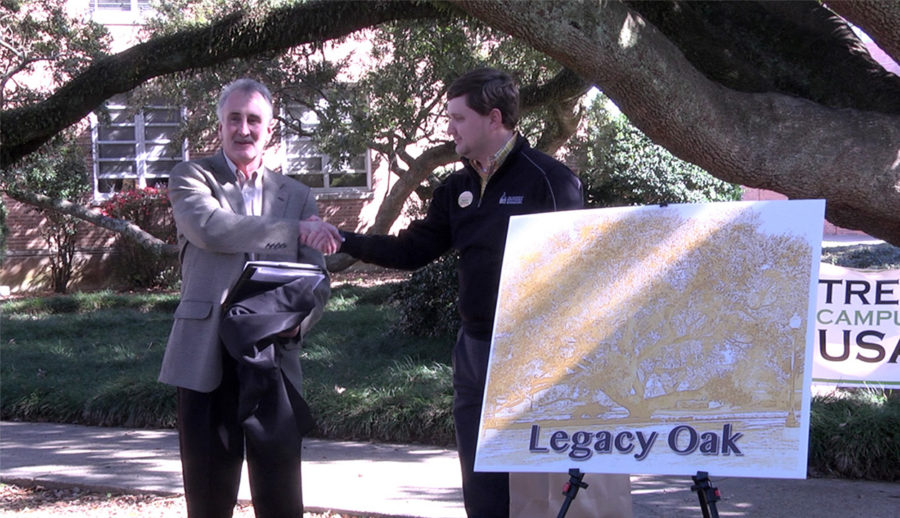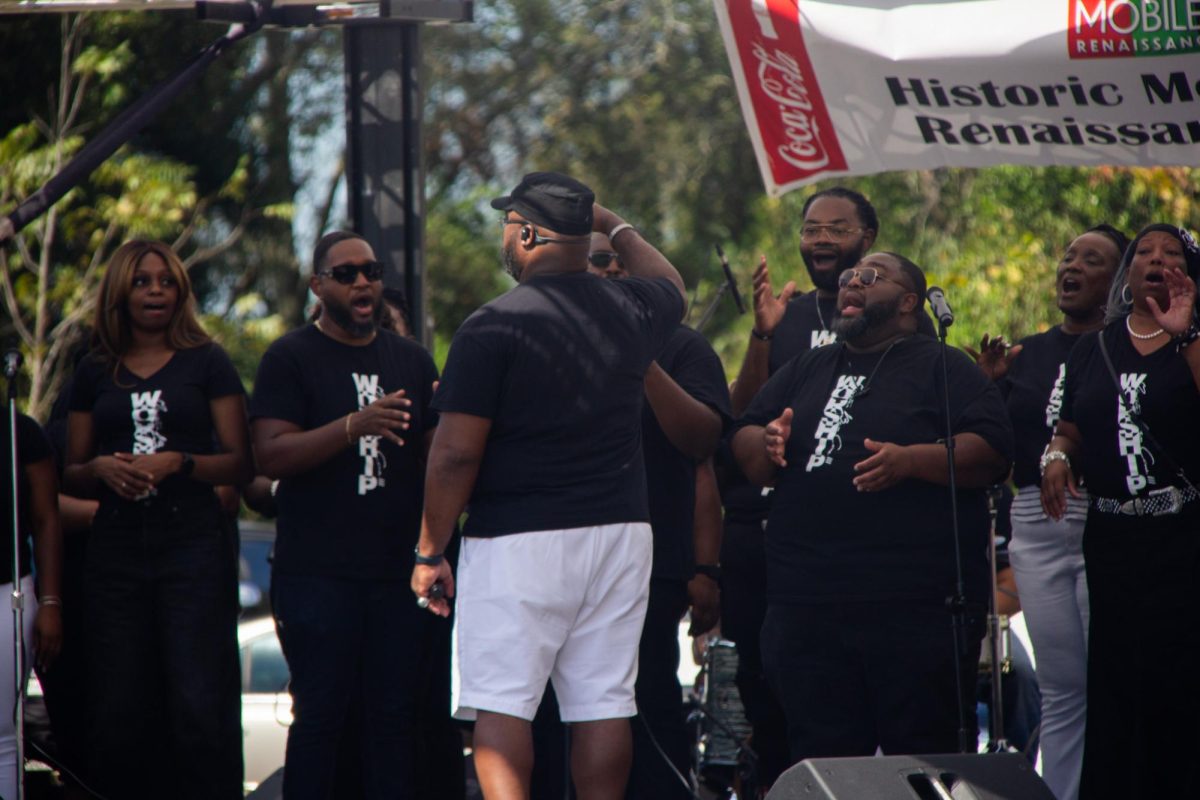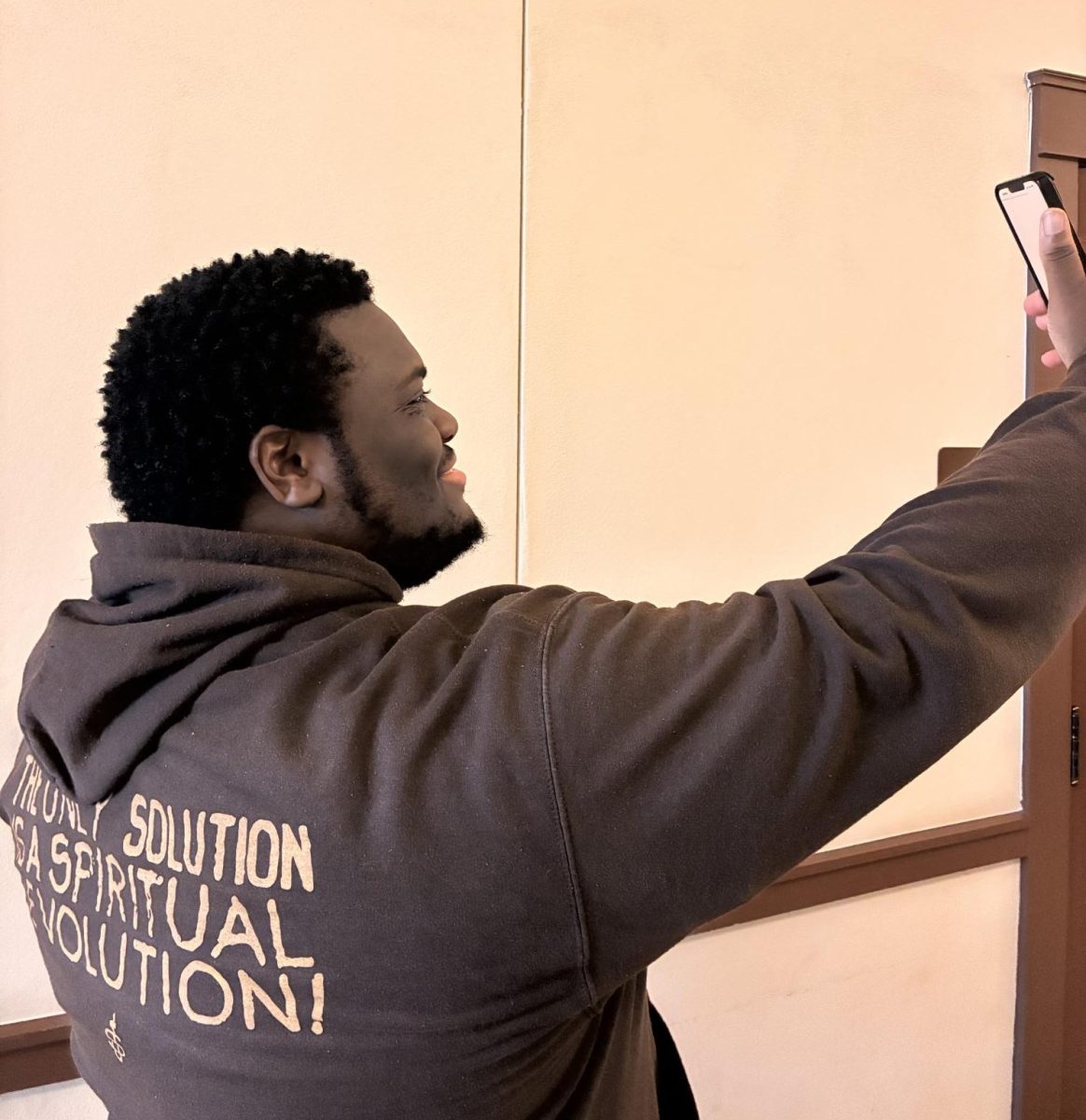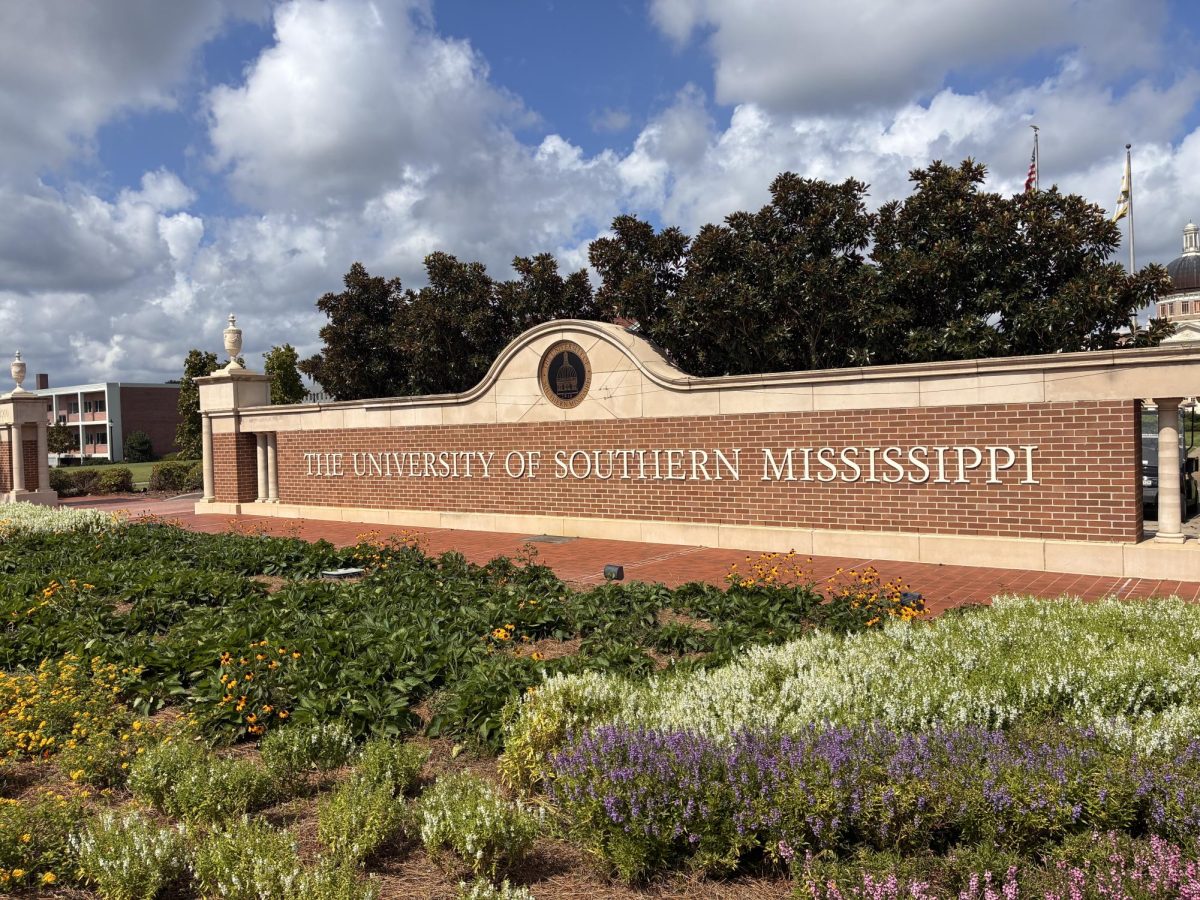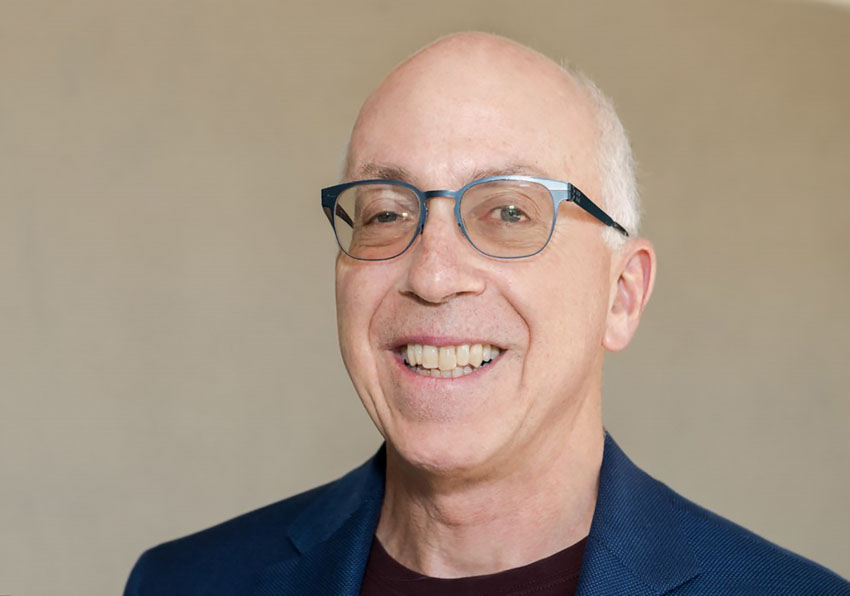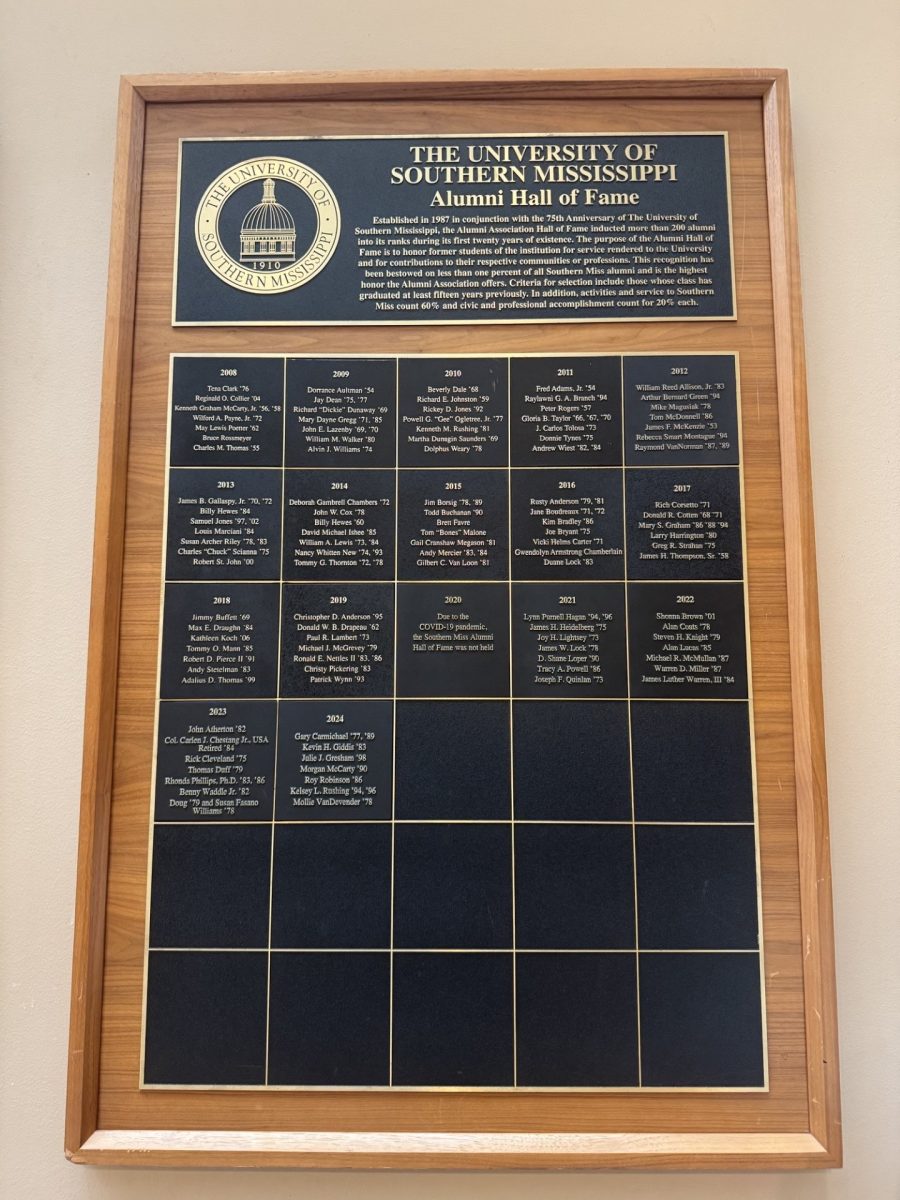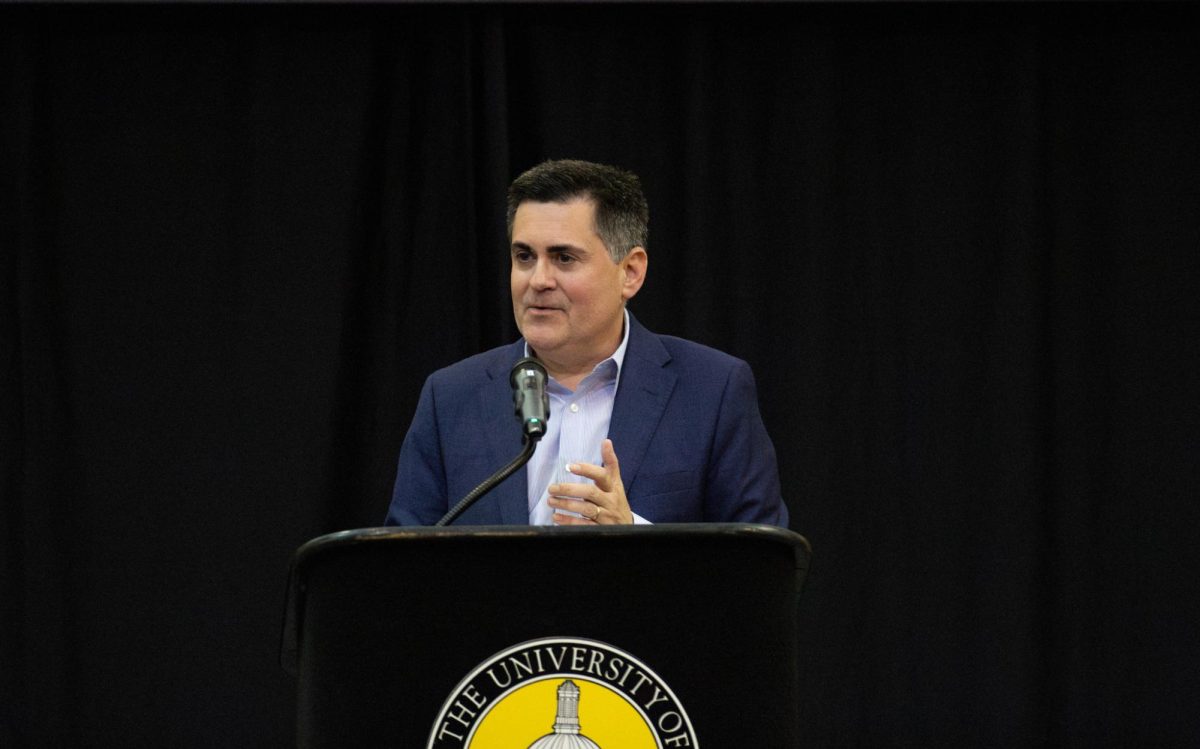The University of Southern Mississippi’s Physical Plant hosted an Arbor Day Ceremony near McLemore Hall on Feb. 10.
The plant had organized a naming contest for the Hattiesburg campus’ oldest oak tree and had received more than 159 submissions for the tree’s name.
Students and staff planted trees alongside McLemore Hall during the event.
“It’s usually the time when people think about trees,” said USM Superintendent of Landscape Loren Erickson. “Arbor Day brings a focus where everyone plants a tree, and I really like that symbolism because you learn how to take care of it. And if it doesn’t work you do it differently next year.”
Director of the Physical Plant Chris Crenshaw gave the more than 30 children who came to the event insight on the importance of nature and to appreciate it on not just Arbor Day but on every day of the year.
“Trees are vital to the Mississippi economy through forestry and things like that,” said DuBard School Communications Coordinator Elizabeth Radley. “There’s a good balance in the education. For a school with children with language disorders, Arbor Day is a unique opportunity to introduce new vocabulary into what their learning.”
The students began planting three trees with golden shovels after Crenshaw’s lesson.
“This is really unique because it is hands-on interaction with things that we talk about in class,” Radley said. “We use this as a learning opportunity for them. They learn about trees, the benefits of trees, but then they also get hands-on experience to come out and actually plant a tree.”
After planting trees on campus,the Arbor Day ceremony attendees went to where the oldest tree on campus. Of the 159 names entered into the tree-naming contest, the Physical Plant narrowed the choice to five names.
The campus community voted on the names Unity Oak, Harmony Oak, Resilience Oak, Eagles Landing and Legacy Oak. Legacy Oak, submitted by Assistant Director of Operations of the Union Complex Stephen McCay, won with 105 votes.
“I played on the Friendship Oak [at the Gulf Park Campus], and I thought more about this campus,” McCay said. “This tree has seen a lot more natural disasters. It tells so much more, being in the historic district on campus surrounded by the five original buildings. It tells so much about our past, present and future.”
Crenshaw said the tree’s name meant different things to different people.
“The fact that this is the last remaining 100-year-old oak tree – I think it means a lot, and it resonates with a lot of our faculty, staff and students who can reflect and remember,” Crenshaw said. “For our younger students, I think it signifies grandeur, perseverance, strength and beauty.”

























